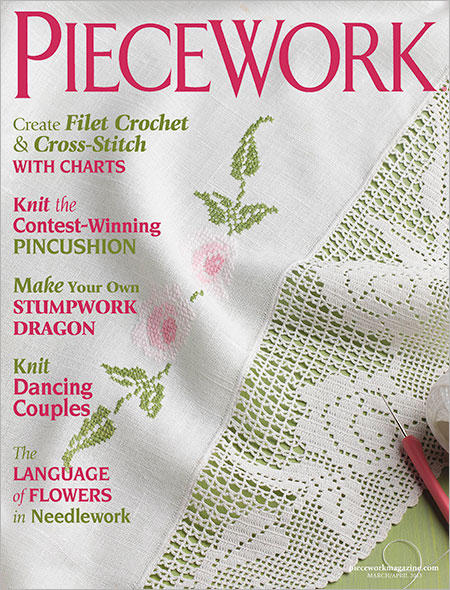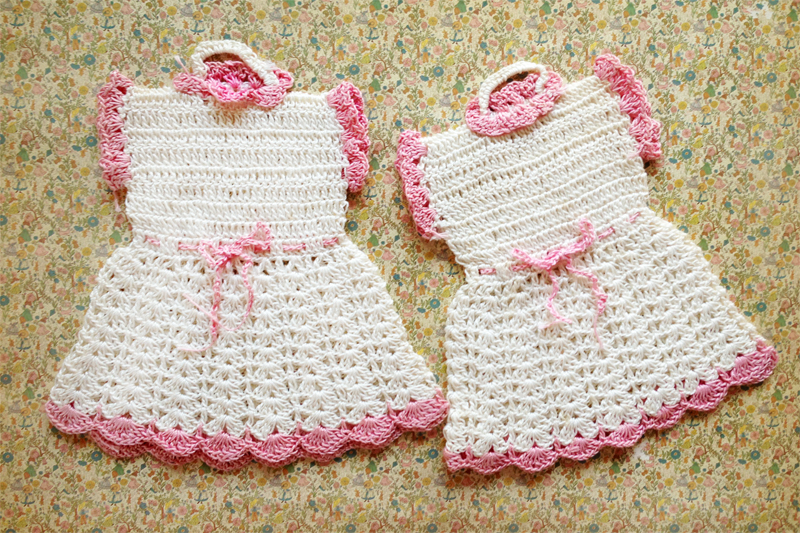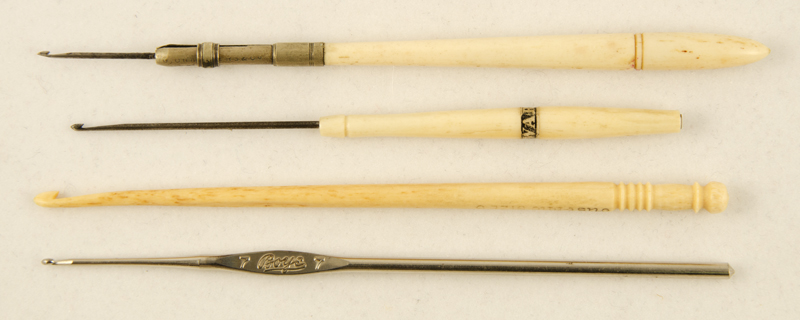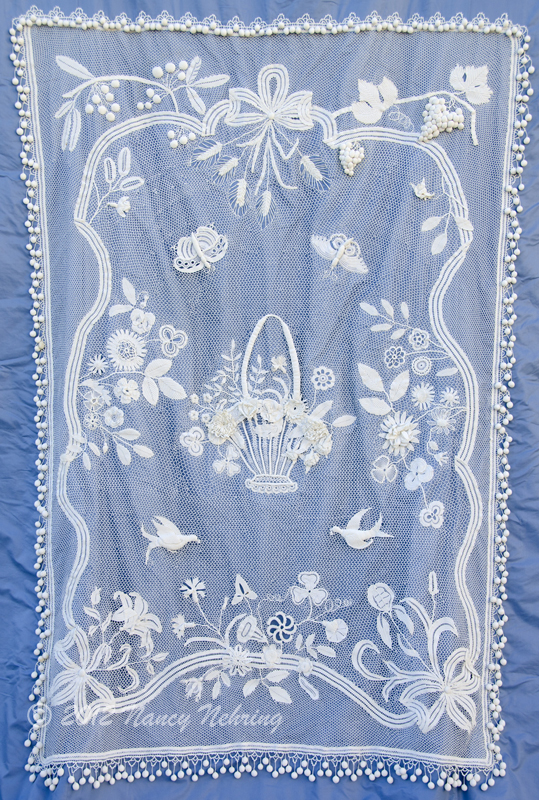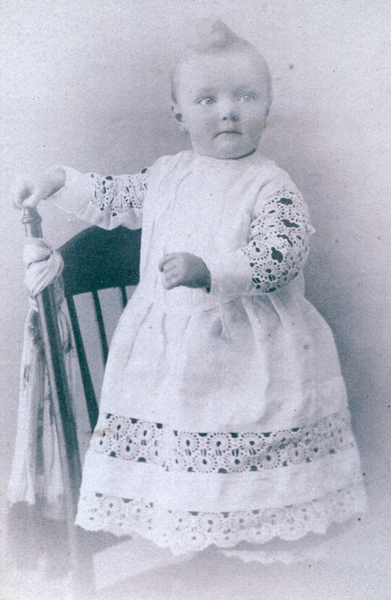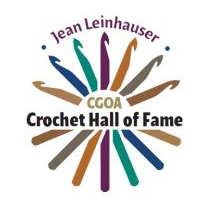Yarn needed – 4 ply: 1 oz. for 2 small sizes, 2 oz. for larger sizes
Age:
| 4 |
5 |
6 |
7 |
8 |
9 |
10 |
11 |
12 |
13 |
14 |
Measurement around the palm:
| 5” |
5 ¼” |
5 ½” |
5 ¾” |
5 ¾” |
6” |
6” |
6 ¼” |
6 ½” |
6 ¾” |
7” |
Start cuff using #2 needles. Cast on:
| 28 |
32 |
32 |
32 |
32 |
36 |
36 |
36 |
36 |
38 |
40 |
K2, p2 for:
| 2” |
2” |
2” |
2 ¼” |
2 ¼” |
2 ¼” |
2 ½” |
2 ½” |
2 ½” |
3” |
3” |
or as desired.
Change to #5 needles and work stockinette for:
| 1 ¾” |
1 ¾” |
2” |
2” |
2 ¼” |
2 ½” |
2 ½” |
2 ½” |
2 ¾” |
2 ¾” |
3” |
Next round, slip number of stitches onto safety pin to be worked for thumb:
Cast on same number in place and complete round.
Work straight until piece measures from end of ribbing to tip of little finger:
| 3 ½” |
4” |
4 ½” |
4 ¾” |
5” |
5” |
5 ¼” |
5 ¼” |
5 ½” |
5 ½” |
6” |
Next round, knit around decreasing 4 stitches evenly. Next round, knit around. Repeat last two rounds alternately. Do not let decreases fall over each other. Decrease a total of:
| 12 |
10 |
10 |
12 |
12 |
10 |
10 |
12 |
12 |
10 |
12 |
Break yarn and darn closed.
For thumb: Use stitches on safety pin and pick up/cast on:
Work on three needles until thumb measures:
| 2” |
2” |
2” |
2 ¼” |
2 ¼” |
2 ¼” |
2 ¼” |
2 ½” |
2 ½” |
2 ½” |
2 ½” |
or as long as necessary.
Next round, k1, k2tog. Repeat to tip of thumb.
To this day, I still remember the mittens my grandmother made for me. The mittens were always a surprise, usually a birthday (November) or Christmas gift. One pair with a matching scarf was black and orange striped, my school colors – I was on the varsity basketball team and the set was really popular. Another pair was black had suede palms stitched on which I really liked when I turned sixteen and had to drive in the winter. The steering wheel didn’t slip through my hands with the suede palms. The mittens always fit perfectly and I never knew they were coming because she never took any hand measurements. How did she do it?
I recently acquired this mitten knitting chart from my friend Gracie Larsen (I should have asked my grandmother, she probably had the same chart). My friend’s mother, Lilian Sterling, was a seamstress and knitted mittens to sell as part of her business. Using this chart, she knitted up mittens during the spring and summer so she would have a good supply on hand when the weather turned cold. Few of us knit mittens for income anymore but I have growing children who need new mittens ever year. Now I can work new mittens for them even when they are in school or at after school activities. The chart will be even more useful when I have grandchildren that I don’t see every day.
The basic pattern, in the form of the accompanying chart, is designed for use with 4 ply yarn. Size 2 needles are used for the ribbing and size 5 for the body of the mittens. The gauge is about 6 stitches to the inch but the pattern is worked by measurement, not gauge so any size of yarn or needles can be substituted. Make sure your mitten has some ease in it, it should be ½” – 1” larger around than the palm measurement.
Basic mittens produced from the chart don’t have to be plain. I customize mittens by incorporating a decorative stitch or colored pattern. Small children love bright colors and lots of them. I make their mittens from random bits of brightly colored yarn. It uses up my scrap yarn at the same time. I divide the scrap in half and use half for each mitten so the mittens match although I’m sure I care more than a toddler does. For older girls, I add a lace stitch to the back of the mittens for a feminine touch. This gives me a chance to try out new patterns. Older boys are hard on their gloves, so I stitch an Ultrasuede palm to their mittens with a machine zigzag stitch.
So get out your yarn and needles and knit up some memory making mittens at your convenience. You no longer have to wait for the kids or grandkids to show up to get started.
Sizes 12, 13 and 14 fit adult women S, M and L.

